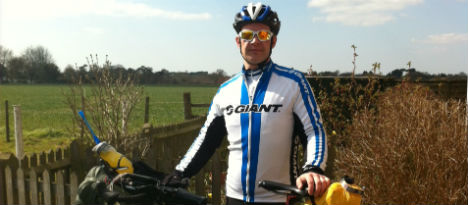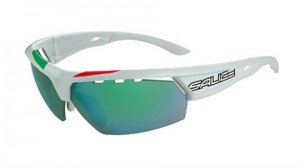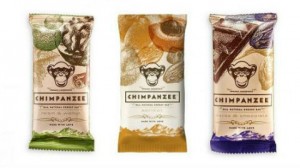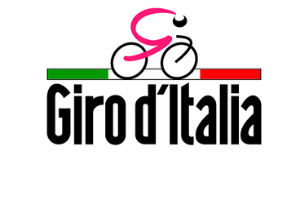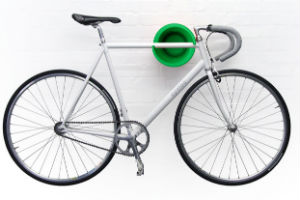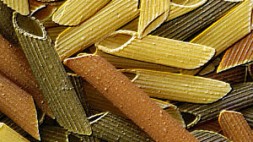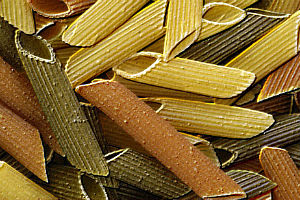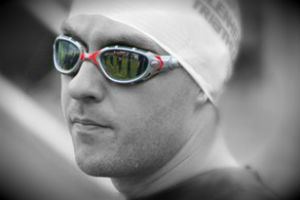 4000miles, nine countries, 28 days; three sets of numbers looming large in the mind of Simon Atkinson, a 38-year-old from West Sussex. In July he will attempt to break the Guinness world record for ‘the fastest cycle across Europe’ – which currently stands at 39 days 11 hours and 24 minutes – pedalling his way from Spain to Norway via France, Germany, Poland, Lithuania, Latvia, Russia and the length of Finland with an average of 140miles a day. Ahead of his epic quest Cyclo spoke to Simon to talk about the challenge to come…
4000miles, nine countries, 28 days; three sets of numbers looming large in the mind of Simon Atkinson, a 38-year-old from West Sussex. In July he will attempt to break the Guinness world record for ‘the fastest cycle across Europe’ – which currently stands at 39 days 11 hours and 24 minutes – pedalling his way from Spain to Norway via France, Germany, Poland, Lithuania, Latvia, Russia and the length of Finland with an average of 140miles a day. Ahead of his epic quest Cyclo spoke to Simon to talk about the challenge to come…
Cyclo: Have you always been a cyclist?
Simon Atkinson: Yes and no, I rode a lot as a kid and as a teenager. I did a bit of mountain biking and one circuit race but bikes got put to one side when I learnt to drive. I only really got back into cycling in early 2011; I was due to get married in the September and I was over 16stone and didn’t want to look back at my wedding photos forever looking at a fat bloke. I bought a ‘fixie’ (fixed-wheel bike) and started riding to work again. I lost over three stone before our wedding and the obsession with cycling started from there.
Cyclo: Have you ever attempted any long distance challenges before?
SA: Not on this scale. I rode Land’s End to Margate in 2010 with a friend for charity; I was still pretty overweight back then and it was hard to ride 450miles in 5 days. Then last year I rode Calais to Switzerland and back, 963miles in 11 days. My riding partner dropped out two days into the ride and I carried on by myself, which was good really as it made me realise I could do these things alone.
Cyclo: So why this record-breaking challenge now?
SA: Switzerland was a revelation in what I could achieve, so I started looking for something else to do. It took a while and my ambitions often out-stripped time and money constraints but finally I stumbled across this record and thought, ‘I could beat that!’ lets hope I can…
Cyclo: It’s not all about the record of course, you’re doing this for charity too…
SA: Yes, I’m raising money for Marie Curie Cancer Care. In my line of work as an undertaker, one thing I know is that cancer doesn’t care who you are. My wife lost her dad to cancer just before we got married, and my dad lost his best mate a few years ago; cancer affects so many peoples lives, you just can’t ignore it.
Cyclo: Tell us about the route you will be riding? How did you decide on it?
SA: I’m going south to north as, in theory, the prevailing winds will be with me and if I can get ahead of my schedule I might be able to catch the last of the midnight sun in Norway, which I would like to see. Someone did say it would be all uphill the way I’m going (not sure about that…)
Beyond that the route was pretty easy to decide and to some extent dictated by Guinness; their rules state I have to stay on mainland Europe and ride the whole distance which ruled out going through Denmark as I would have had to take a ferry or train as you can’t ride legally on the bridges across the water…
I nearly chose a slightly more scenic/hilly route but decided it was going to be hard enough as it was and in the end I just Google-mapped the shortest distance between the two points that I could take without hitting motorways.
Cyclo: Where will you be sleeping?
SA: Due to financial restrictions and to keep my daily mileage options open I don’t have specific places to stay, so I’ll be wild camping for the most part. I have a light one-man tent, which is luxurious compared to the bivvy bag I tried in training.
Cyclo: What are the biggest logistical challenges?
SA: Probably staying hydrated. Spain in July could be pretty hot so I’ll be stopping a lot to fill up my bottles. Eating enough could be a consideration too. I stand to burn quite a few thousand calories each day and the general consensus is that I’ll lose some weight, however I think the people that are saying that are underestimating my ability to eat, I can be a proper pig when I get going.
Cyclo: Will you be supported on the trip or are you flying solo?
SA: I’ll be totally alone for the whole trip. No doubt I could do it quicker with support, but again the logistics and financial considerations ruled it out. I quite like the adventure side of it, being self-reliant and dealing with the daily challenges, motivating myself too when things get tough and there is only me to deal with it. I guess I want to see what I’m made of.
 Cyclo: What bike are you using?
Cyclo: What bike are you using?
SA: I’ll be using a Giant TCX1, supplied by my local Giant store in Shoreham. It’s a cyclo cross bike so you have the best of all worlds in being hard wearing with a good riding position. The wheels have been hand-built by a local company to be strong and bullet proof but otherwise she is basically standard, the only other changes being an 11-32 cassette and long cage rear derailleur to help on hills when loaded up, plus a set of aero bars to lean on for the long miles.
Cyclo: What about other kit?
SA: I’m only taking the basics and essentials to keep my set up as light as possible. The bike will have no panniers fitted and I will be using a saddle bag, frame bag, top tube bag and hanging stuff off the aero bars. It will be a similar set up to Mike Hall’s round the world record bike. It might not sound it, but I wanted to keep the bike as aero as possible and with limited space to put stuff I won’t be tempted to overload it. My only concession to ‘luxury’ is a lightweight cooking kit; I think it will be great to be able to have a cup of coffee when I wake up in the middle of nowhere.
Cyclo: And technology?
SA: The technology I’m taking is very important. I have a Garmin Edge 800 with European maps so I can see how far I’ve gone and to record for Guinness, but mainly to help navigating through towns. I need to document all aspects of my journey for Guinness verification. I will also have a Spot GPS tracker to show where I have been and to alleviate any worries my family have.
I’ll also have a Go Pro Hero 3 camera strapped to my aero bars and I can update my blog and post pictures via my iPhone, but probably the most important piece of technology is going to be my PowerMonkey Extreme solar charger, without that nothing will work for very long.
Cyclo: How can people get involved in supporting you?
SA: I’ve had a lot of help already and I’d like to thank the Giant Store Shoreham, Strada Wheels, Dignity Funerals, Granville Upholstery, Gamma Communications, Carradice and the Gatorade Sports Science Institute for their help, support and belief in me to do this.
Of course if anyone would like to donate to my charity they can do it via the JustGiving link on my website. There is also a link to my tracker page if anyone wants to see how I’m getting on in real time and I will (hopefully) be updating my blog and twitter daily. In the meantime I have a contact page and I would love to hear from anyone that wants to support me or if anyone has any advice to offer or to just say hello and good luck, I will need it!
